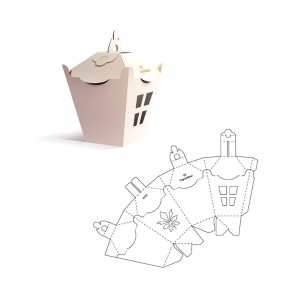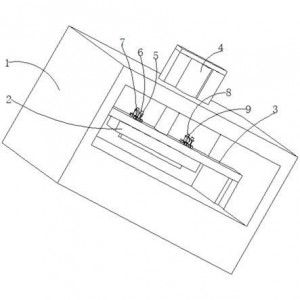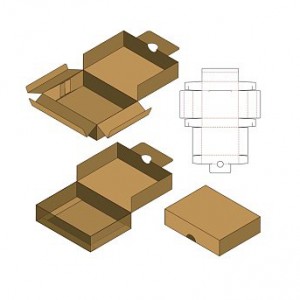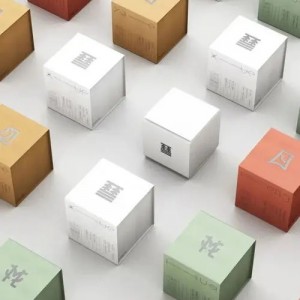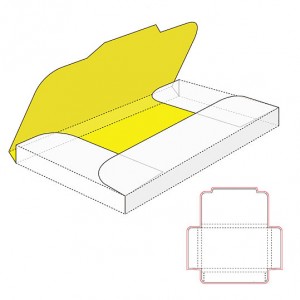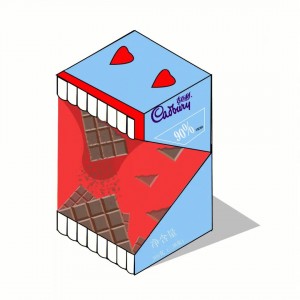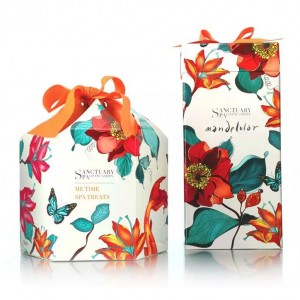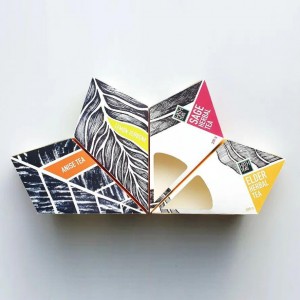In today's competitive marketplace, packaging design plays a key role in grabbing consumers' attention and influencing their purchasing decisions. Effective packaging not only protects the product but also communicates the values and aesthetics of the brand. To create impactful packaging designs, a systematic approach must be followed. In this article, we will introduce you to seven basic steps in packaging design, covering aspects such as mold line design, structural design and the role of professional design services.
Step 1: Define your goals and target market
Before diving into the world of packaging design, it is crucial to define the goals of the project. What do you want to achieve with your packaging design? Is your goal to increase brand awareness, attract new target markets or emphasize your product's unique selling point? Knowing your goals will help shape the entire design process. Also, identify your target market and tailor your packaging design accordingly. Consider their preferences, demographics and expectations and make your packaging resonate with their needs.
Step 2: Conduct market research
Effective packaging design goes beyond aesthetics. It needs to be aligned with market trends, consumer preferences and competitors' strategies. Therefore, conducting a thorough market research is crucial. Analyze competitor packaging designs to identify opportunities for differentiation. Evaluate the latest packaging trends to complement your brand image and appeal to your target market. By staying informed of market dynamics, you can make informed design decisions that differentiate your packaging.
Step 3: Develop a Brand Identity and Visual Language
Packaging design is an integral part of brand identity. Your packaging should strongly reflect your brand's values, personality and positioning. Start by defining or refining your brand identity. What are the core attributes your brand stands for? How to translate these into visual elements? This step includes developing or refining your logo, color palette, typography and overall visual language. Consistency across all brand touchpoints, including packaging, will enhance brand recognition and increase brand loyalty.
Step 4: Die Cut Line Design Planning
Die-cut lines are templates used to create physical packaging. It outlines the structure, size and shape of the package. Die-line design requires expertise in graphic and structural design to ensure accurate packaging production. For best results, it is recommended to seek the help of a professional design service that specializes in mold line design. They will help you create precise and printable templates that match your product requirements.
Step 5: Create the Structural Design
Structural design refers to the three-dimensional form and function of packaging. It affects the visual appeal and practicality of the packaging. Factors such as ease of use, protection and storage play a vital role in creating a positive consumer experience. Work with structural designers who understand the intricacies of materials, manufacturing processes, and product-package compatibility. Good structural design can ensure your packaging stands out while maintaining the quality of your product.
Step 6: Design the visual elements
Once the die-cut lines and structural design are in place, it's time to focus on the visual elements that decorate the packaging. This step involves creating captivating illustrations, graphics or photos that not only attract customers but also resonate with your brand identity. Pay attention to the color scheme, typography, and placement of these elements. Remember, readability and clarity are key factors in packaging design. Choose fonts and colors that enhance the legibility of basic information such as product names, ingredients, and directions for use.
Step 7: Iterate and Get Feedback
No design process is complete without iteration and feedback. After creating an initial packaging design, it is critical to seek feedback from various stakeholders, including internal teams, focus groups and potential customers. Explore their perspectives and gather constructive criticism. Use this feedback to refine your design and ensure it meets the wishes and expectations of your target market. Repeated iterations and refinements will maximize the impact of packaging design.
In conclusion, packaging design is a multifaceted process that requires careful planning, market research, and collaboration with professional design services. By following the seven basic steps above, you can create packaging that effectively communicates your brand values, captures the attention of your target market, and boosts sales. Remember, packaging design isn’t just about looking good; it’s about looking good. It is a strategic tool that strengthens your brand's position in the market and leaves a lasting impression on consumers.
Post time: Jul-11-2023
